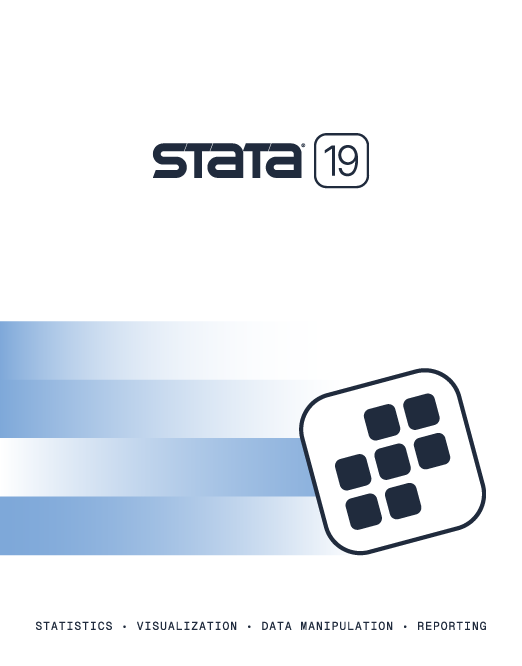Community corner: Statistics Made Easy
Are you looking for video tutorials that blend intuitive explanations of statistical concepts with practical, hands-on applications using Stata? Check out Statistics Made Easy, the YouTube channel created by Dr. Marvin Hanisch, associate professor at the University of Groningen.
Dr. Hanisch’s videos are easy to follow, allowing viewers to code along and apply what they have learned immediately. Beyond the lessons, he actively engages with viewers, addressing questions to ensure comprehension. His commitment is reflected in the overwhelmingly positive feedback he receives:
"Dear Professor. You are doing an amazing work. You have made my Stata skills pretty splendid ...."
"You really are doing an awesome job—these videos are saving my life."
"This is so helpful!! Thank you so much."
The Statistics Made Easy YouTube channel currently features 23 videos on fundamentals, multivariate statistics and regression, mediation and moderation, and special topics.
Fundamentals
1. Welcome to Statistics Made Easy
2. Stata’s user interface
3.1 Data preparation in Stata
3.2 Introduction to combining datasets
3.3 Combining datasets in Stata
4.1 Introduction to descriptive statistics
4.2 Descriptive statistics in Stata
Multivariate statistics and regression
5.1 Introduction to multivariate statistics and regressions
5.2 Multivariate statistics and regressions in Stata
5.3 Setting the sample
5.4 Interpreting the results from linear regression models
5.5 Interpreting the results from nonlinear regression models
5.6 Control variables
5.7 Robust and clustered standard errors
7.1 Introduction to panel regressions
7.2 Panel regressions in Stata
Mediation and moderation
6.1 Introduction to moderation analysis
6.2 Testing moderation in Stata
6.3 Testing U-shaped relationships in Stata
6.4 Introduction to mediation analysis
6.5 Testing mediation in Stata
Special topics
8. Causal inferences and endogeneity
9. Using Python in Stata







